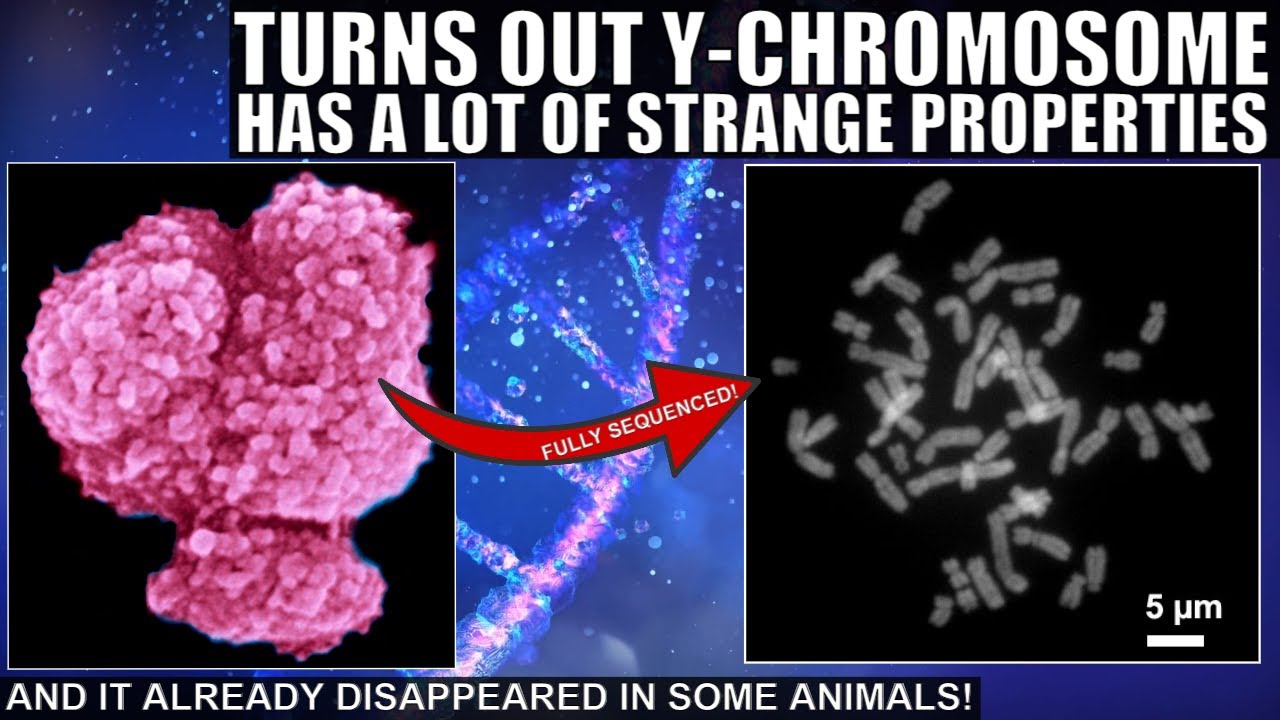The research paper, published in Nature on 2023-08-23, is “The complete sequence of a human Y chromosome”. Here is the abstract:
The human Y chromosome has been notoriously difficult to sequence and assemble because of its complex repeat structure that includes long palindromes, tandem repeats and segmental duplications. As a result, more than half of the Y chromosome is missing from the GRCh38 reference sequence and it remains the last human chromosome to be finished. Here, the Telomere-to-Telomere (T2T) consortium presents the complete 62,460,029-base-pair sequence of a human Y chromosome from the HG002 genome (T2T-Y) that corrects multiple errors in GRCh38-Y and adds over 30 million base pairs of sequence to the reference, showing the complete ampliconic structures of gene families TSPY , DAZ and RBMY; 41 additional protein-coding genes, mostly from the TSPY family; and an alternating pattern of human satellite 1 and 3 blocks in the heterochromatic Yq12 region. We have combined T2T-Y with a previous assembly of the CHM13 genome and mapped available population variation, clinical variants and functional genomics data to produce a complete and comprehensive reference sequence for all 24 human chromosomes.
The full text of the paper is behind Nature’s Teutonic paywall, but a preprint is available on bioRχiv, with full text [PDF].
It is remarkable that, twenty years after the Human Genome Project was “declared complete” in April 2003, the recalcitrant Y chromosome has now been reliably sequenced. But then, the Y chromosome has long been known as the locus for all kinds of trouble making.

